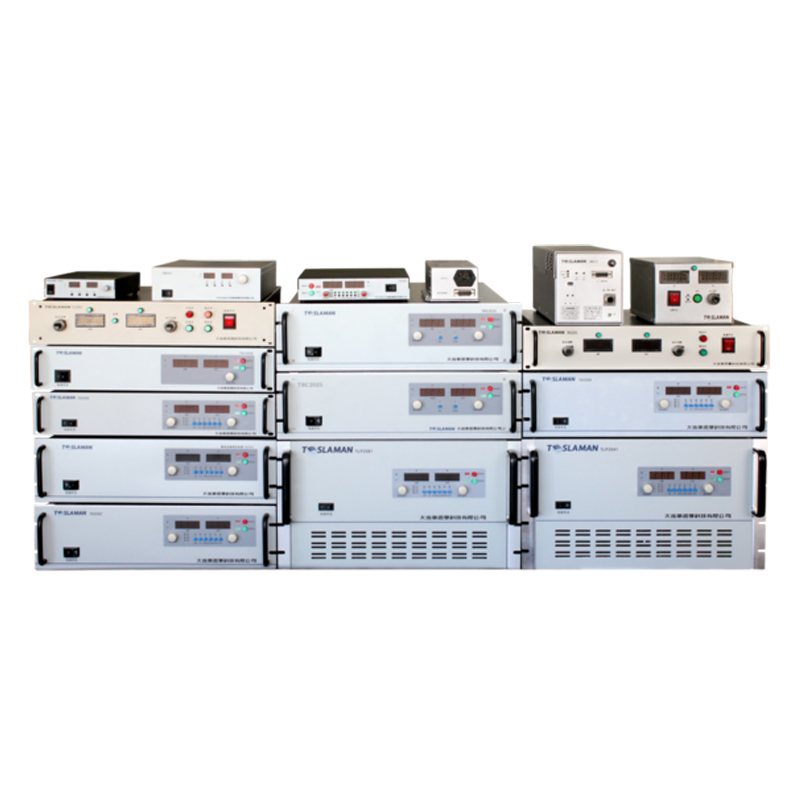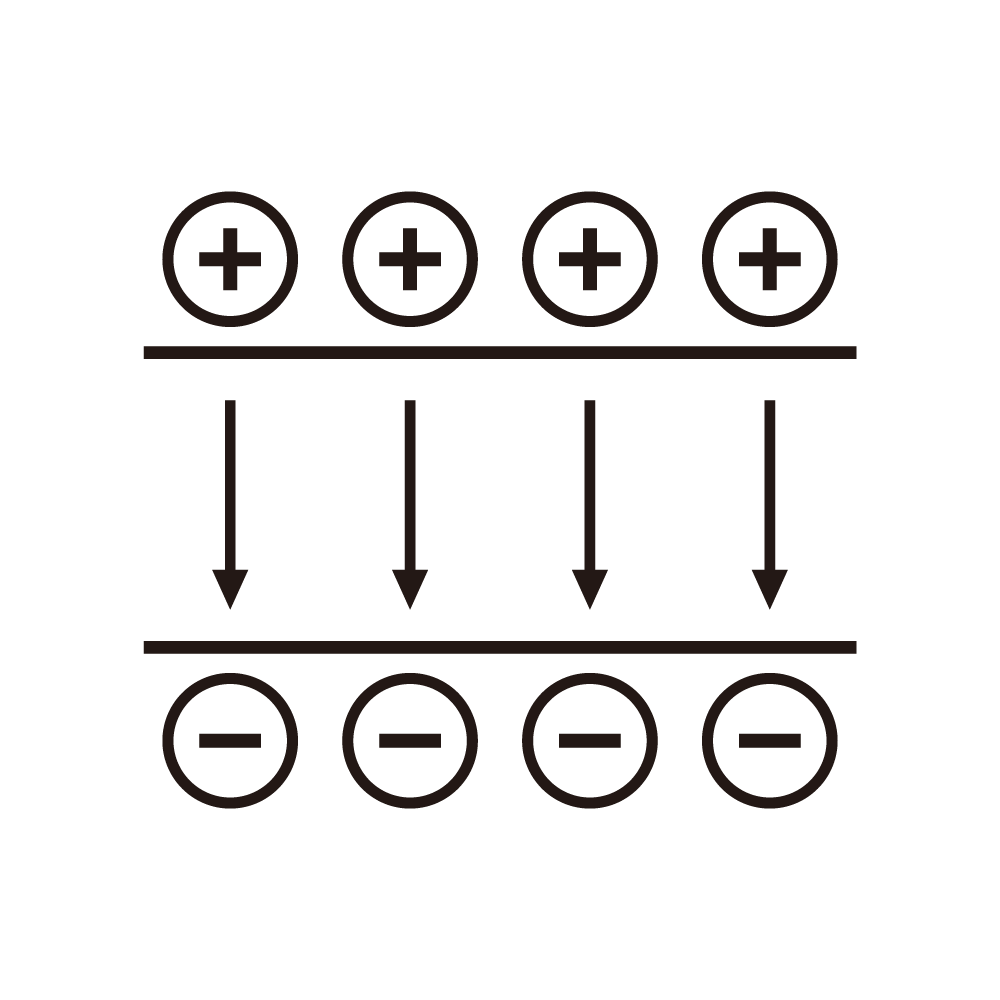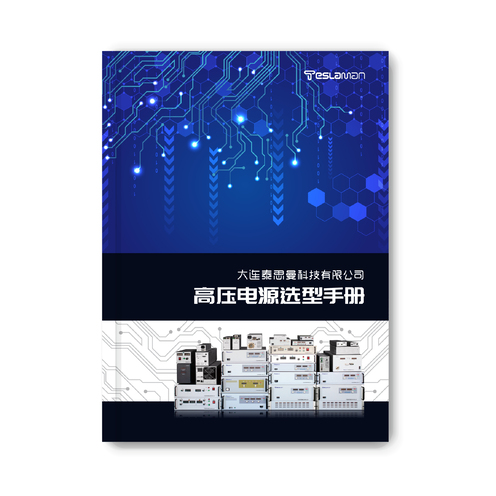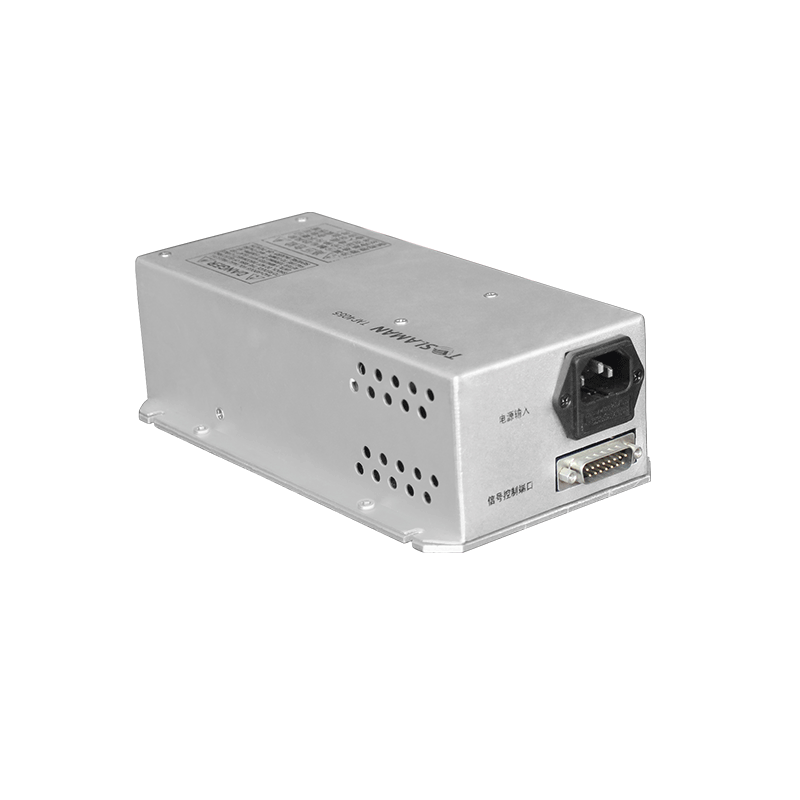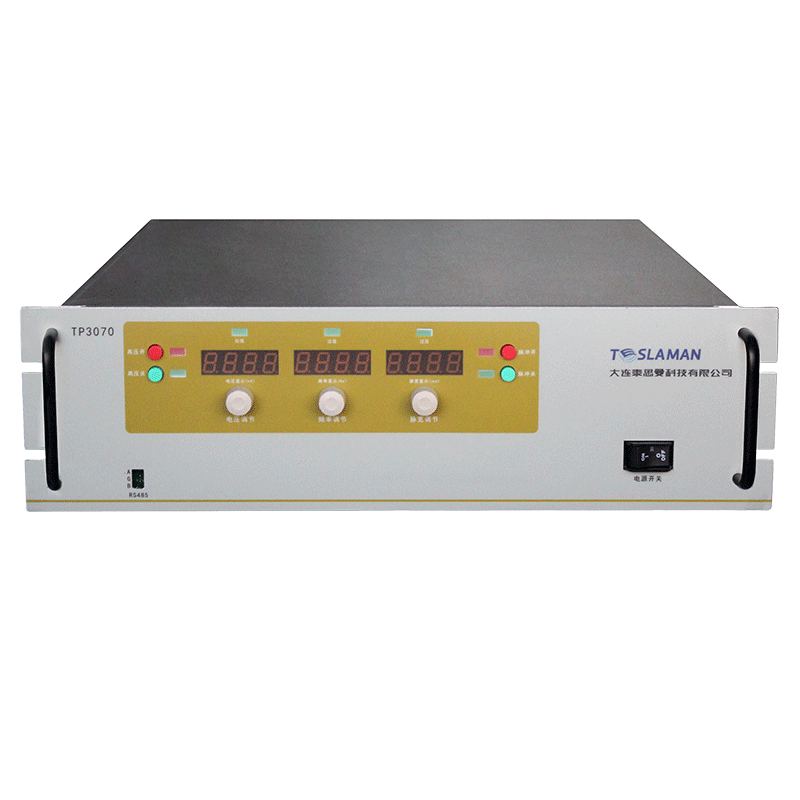Synergistic Enhancement between High-Voltage Power Supplies and Semiconductor Testing
Abstract: This article delves into the crucial role of high-voltage power supplies in the field of semiconductor testing and the synergistic relationship between them. Starting from the basic requirements of semiconductor testing, it elaborates in detail on how high-voltage power supplies can provide precise, stable, and adjustable voltage outputs for the testing of various semiconductor devices, thereby ensuring the accuracy and reliability of test results and promoting the high-quality development of the semiconductor industry.
I. Introduction
Semiconductor devices play a central role in modern electronic technology, and the quality and performance of these devices directly affect the functionality of numerous electronic equipment. Semiconductor testing, as a critical link in ensuring the quality of semiconductor devices, requires the support of high-precision and highly stable power supplies. High-voltage power supplies, with their unique performance advantages, play an indispensable role in semiconductor testing. The synergistic cooperation between them is of great significance for enhancing the competitiveness of the semiconductor industry.
II. Analysis of the Requirements for Semiconductor Testing
Semiconductor testing covers the detection of multiple parameters, including but not limited to breakdown voltage, leakage current, and capacitance characteristics. Different types of semiconductor devices, such as diodes, transistors, and integrated circuits, have different testing requirements. For example, power semiconductor devices usually need to withstand relatively high voltages to simulate their high-voltage working environments in practice. This requires the testing power supply to be able to provide a stable high-voltage output, and the voltage value should be precisely adjustable to meet the testing requirements of devices with different specifications. Meanwhile, for some semiconductor devices that are sensitive to voltage accuracy and stability, such as high-precision analog chips, even a tiny voltage fluctuation may lead to deviations in test results and then affect the accurate assessment of device performance.
III. Key Characteristics of High-Voltage Power Supplies and Their Applications in Semiconductor Testing
(A) High-Voltage Output Capability
High-voltage power supplies can provide voltages ranging from several hundred volts to several thousand volts or even higher, meeting the testing requirements of high-voltage semiconductor devices such as insulated gate bipolar transistors (IGBTs) and high-voltage diodes. When conducting breakdown voltage tests on these devices, the high-voltage power supply can gradually increase the output voltage until the device breaks down. By precisely recording the voltage value at the moment of breakdown, it can be judged whether the voltage withstand performance of the device meets the standards.
(B) High Precision and Stability
High-voltage power supplies possess excellent voltage precision and stability, with minimal fluctuations in the output voltage. In the testing of semiconductor capacitors, a stable high-voltage power supply can ensure that the voltage applied to the capacitor remains constant, thus accurately measuring the charging characteristics, leakage current, and other parameters of the capacitor. The high-precision voltage output can also precisely determine the minimum voltage required for a transistor to change from the cut-off state to the conducting state when testing the threshold voltage of the transistor, providing a reliable basis for the performance evaluation of the transistor.
(C) Fast Response and Dynamic Adjustment
In some semiconductor testing scenarios, the power supply needs to be able to change the output voltage quickly to simulate the voltage changes of the device under different working conditions. The fast response characteristics of high-voltage power supplies enable them to adjust the output voltage rapidly. For example, when testing the dynamic characteristics of semiconductor switching devices, it can quickly switch the voltage and accurately measure parameters such as the turn-on time, turn-off time, rising edge, and falling edge of the device, helping engineers gain an in-depth understanding of the switching performance of the device.
IV. Manifestations and Values of Synergistic Enhancement
The synergistic enhancement between high-voltage power supplies and semiconductor testing is manifested in multiple aspects. Firstly, the precise high-voltage power supply provides reliable testing conditions for semiconductor testing, enabling test results to truly reflect the performance of the device, reducing test errors and misjudgments caused by power supply factors, and improving the yield rate of semiconductor products. Secondly, the synergy between them helps to accelerate the R&D process of new semiconductor products. During the R&D stage, through the close cooperation of high-voltage power supplies and testing equipment, various performance parameters of new devices can be obtained quickly and accurately, design defects can be discovered in a timely manner and improved, shortening the product R&D cycle and reducing R&D costs. Moreover, this synergistic enhancement is of great significance for improving the quality control level of the entire semiconductor industry, ensuring that semiconductor products entering the market have stable and reliable performance and enhancing the market competitiveness and sustainable development ability of the industry.
V. Conclusion
In conclusion, high-voltage power supplies play a vital role in semiconductor testing, and the synergistic enhancement relationship between them is one of the key factors driving the development of the semiconductor industry. With the continuous progress of semiconductor technology, the performance requirements for high-voltage power supplies will continue to increase. In the future, further optimizing the technical indicators of high-voltage power supplies and strengthening their integration and compatibility with semiconductor testing equipment will provide stronger technical support for the innovative development of the semiconductor industry, helping the semiconductor industry maintain its leading position in the global electronic information field and continuously expand new application areas.
